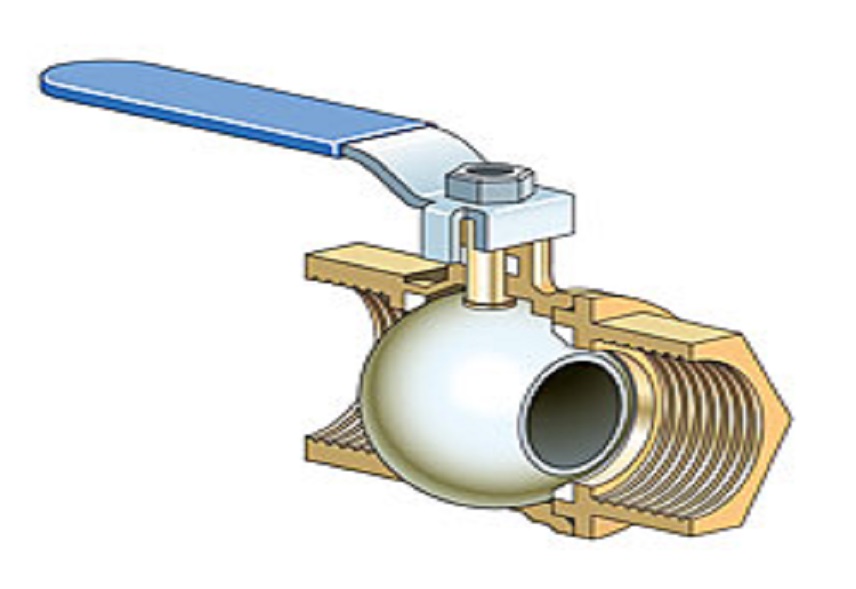What is Ceramic Valve
Ceramics are characterized by heat resistance, corrosion resistance, wear resistance, high hardness, low temperature deformation and high sealing surface precision. The use of ceramic properties as a valve manufacturing material has broad prospects.
In recent years, a variety of ceramic materials have been used in the manufacture of valves. Ceramic valves generally use ceramics to make the components, or add a ceramic coating on the metal surface.
Types and Application of Ceramic Valve
1 ceramic ball valve
Ball valves can be used as flow control valves or shut-off valves for corrosive fluids and high-temperature fluids containing solid materials. Depending on the application, you can choose valves with over-flow components that are all ceramic, or valves that only their important components are sprayed with ceramic. Click the bottom video to see what a ceramic ball valve is like.
2 ceramic gate valve
For coal gasification equipment, since the high-temperature and high-pressure gas contains a hard particle corrosive gas stream of pulverized coal and ash powder, it is necessary to use a ceramic gate valve under such severe conditions.
In the past, metal-made valves could not meet the requirements of use even if they were deposited on a sealing surface with cobalt-chromium-tungsten carbide. At present, metal is used on the high-temperature pressure-resistant part of the valve casing, and ceramic is used in the sealing part, so that the service life of the valve is greatly improved.
3 Ceramic diaphragm valve
The structure of the ceramic diaphragm valve is very simple, and its contact medium is composed of a ceramic valve body and a diaphragm. The ceramic seat surface is not easily leaked after fine grinding and polishing. Fluoroelastomer is used as the rubber lining material for the support. In addition, the channel surface of the ceramic valve body is smooth, so its friction with the medium is small.
4 Ceramic plug valve
The ceramic plug valve is composed of a ceramic valve body and a plug, and the sealing member uses Teflon. It is a straight-through valve with a small flow resistance. The part of the ceramic plug valve contacting with medium is a ceramic single part with a lining, which will not be deformed under high temperature and high vacuum or by the action of the permeable liquid.
Prospect of ceramic valves
Valve manufacturing and research institutions in various countries attach great importance to the research and development of ceramics. In the future, ceramics will become an economic material for valve manufacturing.
However, for users, the brittleness of ceramics is still a defect. Although they understand that ceramics have many advantages, the practical use of ceramic valves is not very reliable.
In the future, we should strive to carry out the strength analysis of ceramic components and establish a damage probability calculation system while remedying the weakness of ceramics. The production of highly reliable ceramic valves that reassure users is still an important research topic for valve technicians.
Other new-tech valves
Apart from ceramic valves, sanitary valves are gradually becoming more widely used. A sanitary valve is designed for use in applications requiring clean or sterile processing. Sanitary valves are commonly used in dairy, food, pharmaceutical, medical, and chemical applications. Their common features include easy cleaning, crevice free, and polished contact surfaces.
Please visit http://www.adamantvalves.com/ for more information.





